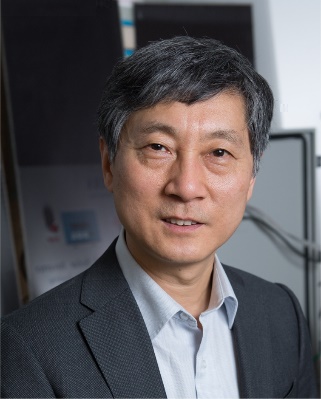人才培養
時間:2017年5月25日(周四)下午15:00
地點:江甯區伟德 官网3号樓509報告廳
報告人:張榴晨, 加拿大工程院院士, 新不倫瑞克大學,加拿大
報告題目:Creating Power System Resources from Distributed Energy
Bio: Prof. Liuchen Chang received his B.Sc. degree from Beijing Jiaotong University in 1982, M.Sc. degree from China Academy of Railway Sciences in 1984, and Ph.D. degree from Queen’s University in 1991, all in Electrical Engineering. He joined the faculty of University of New Brunswick in 1992 and is a professor in Electrical and Computer Engineering. He held the position of NSERC Chair in Environmental Design Engineering during 2001-2007, and was the Principal Investigator and Scientific Director of the pan-Canadian Wind Energy Strategic Network (WESNet) during 2008-2014. He was a recipient of CanWEA R.J. Templin Award in 2010 for his contribution in the development of wind energy technologies. He was the general chair of the 2015 7th IEEE Energy Conversion Congress and Exposition (ECCE 2015) in Montreal, Canada, and 2016 8th IEEE International Power Electronics and Motion Control Conference - ECCE Asia (IPEMC 2016-ECCE Asia) in Hefei, China. He is a fellow of Canadian Academy of Engineering (FCAE) and a Vice President of the IEEE Power Electronics Society. He has published over 330 refereed technical papers in journals and conference proceedings. His expertise is in power converters, direct load controls and distributed generation systems.
Abstract: The penetration of renewable energy systems has been increasing globally. The fluctuating power production from renewable energy requires additional power system resources to balance these fluctuations, in addition to load variations. These power system resources have traditionally been supplied by dispatchable central generation plants, mostly fossil fuel based plants. However, keeping building fossil fuel based central generation plants is unsustainable. Various energy storage systems such as pumped hydro, compressed air, battery, flywheel and hydrogen systems have been used in utilities. In addition to other limitations, costs are still high for these available energy storage systems in utility applications. Dr. Chang will present an alternative and dispatchable resource for power systems, created from distributed energy resources. The distributed energy resources include distributed generators (wind, solar etc.), customer loads with storage capacity, and batteries including electric vehicles. The customer loads directly controlled by utilities have thermal energy storage capacities, such as water heaters, electrical thermal storage units, ice making units, HVACs, etc. With aggregated controls and virtual power plants, the overall power consumed by these loads can be ramped up or ramped down continuously without negative impact to the normal end use, similarly to other energy storage systems. Distributed generation systems, energy storage systems, and direct load control systems thus form generalized energy storage capacity as alternative power system resources for ancillary services or peak load shaving or other power system programs, which can be used for integration of intermittent renewable energy systems in utilities.